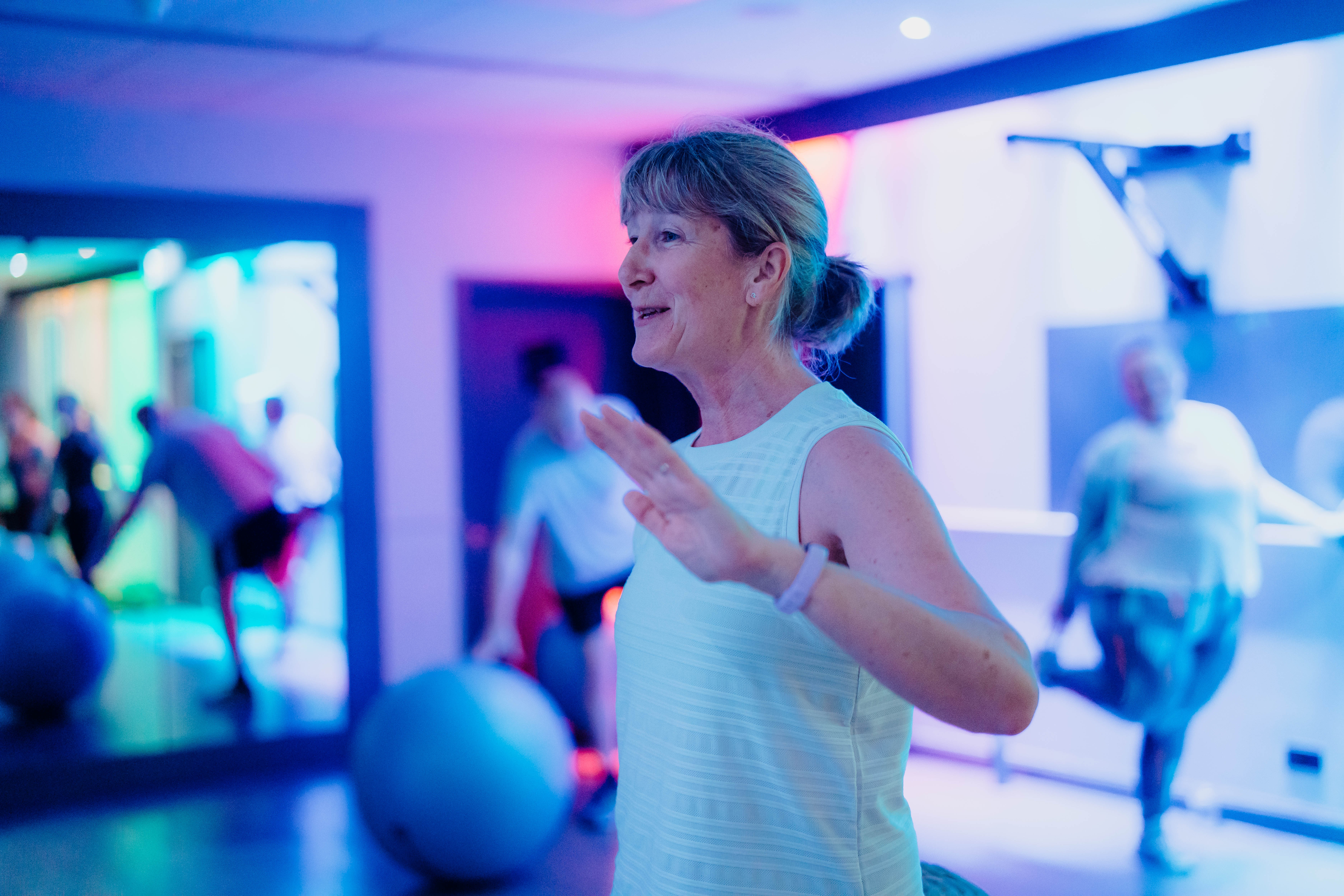The older we get, the more it seems that one of the most important things we can do for our health and well-being is to be active. Regular physical activity might enhance mobility, reduce the risk of chronic diseases, improve mood, and perhaps even keep brains brighter for longer. Once one reaches an age over 60-or even in approach thereof-it becomes much more critical to find a routine that best fits oneself through energy levels, joint health, and personal lifestyle.
One of the most common questions is: *What is the best time of day to exercise for seniors?* The answer isn't the same for everyone, but there are certain times of day that may be more beneficial depending on your unique circumstances.
Key Factors to Consider When Choosing the Best Time:
Personal Energy Levels: The best time to exercise is when you most feel energetic and alert. If you are a morning person, your best workout might be in the morning. If you tend to be more energetic in the afternoon or evening, those might be the best times.
Health Conditions: If you have arthritis, joint pain, or chronic health conditions, be mindful of how your body responds to different times of the day. Morning stiffness might require a more extended warm-up, while afternoon or evening exercise might help ease pain.
Consistency: The best time to exercise is when you can commit to it regularly. Consistency is key to reaping the long-term benefits of physical activity.
Weather and Environment: If you enjoy walking or hiking, for example, consider what time of day is most comfortable in terms of temperature, air quality, and sunlight.
Keep in mind that life is different for everybody, and thus the best time for you may differ from others. You could be retired or maybe still working; this is going to have a huge impact on your options and lifestyle. You should try and keep it consistent, but if that doesn't work for you, switch it up! Here's a closer look at the pros and cons of exercising at different times of the day.
Morning Exercise: Kick-Start the Day
Benefits:
1. Boosts Metabolism: Starting the day with exercise helps speed up your metabolism, which may continue burning calories throughout the day.
2. Mental Clarity: Exercise releases endorphins, which can improve mood and mental clarity. A morning workout sets a positive tone for the day, helping you stay focused and energized.
3. More Consistent Routine: Morning workouts are easier to stick with because they become part of your daily routine before other distractions arise.
4. Better Sleep: The earlier one works out, the better quality of sleep a person will have at night, which is extremely important as we get older.
Keep in mind that early morning stiffness or joint pain might make morning exercises a bit more difficult, and one needs to warm up before indulging in any strenuous activity.
Some to try: light stretches, walking, yoga, swimming, and low-intensity cardio.
Midday Exercise: Power Up Your Afternoon
Benefits:
1. More Flexibility: Your body is going to be much more limber at noon than after having the chance to wake up and be moving about all morning. It's now easier to move and it's less stressful on the muscles.
2. Reduces Stress: The afternoon is an excellent way to break into your day by reducing accumulated stress, making a person take a rest for an entire day to begin afresh with their daily tasks.
3. Social Opportunities: If you're more into group activities or classes, community centers and gyms often have midday sessions. It's a great time to get together with friends for a walk or activity.
Remember: If you are working out in the middle of summer, it's just a bit warmer outside, so be sure to stay hydrated and/or consider shifting your workout hour forward or back!
Thy these around midday: Low-impact exercises such as water aerobics, cycling, or even group classes in tai chi or Pilates are excellent activities that promote flexibility and strength.
Afternoon and Early Evening: Peak Performance Time
Benefits:
Increased Strength and Endurance: For many people, the afternoon and early evening are the peak performance times of the body. It is during this time that muscle strength, endurance, and flexibility are at their peak.
2. Warmer Body Temperature: As the day goes along, your body's internal temperature increases, which can lower the risk of injury and easily do more intense workouts.
3. Less Stiffness: In cases involving senior citizens with joint stiffness, exercising in the afternoon or towards evening works to offset morning stiffness.
Note: Workouts done in the evening may interfere with your winding down and getting a good night's sleep if you are performing high-intensity activities. You can choose lighter exercises, like walking or light stretching exercises, if you find that working out interferes with your sleeping.
Best Activities for Afternoon/Evening: One could well do moderate to more intense activities like strength training, swimming, walking, or cycling. One may also practice stretching or yoga to release tension that has been stored up after a long day.
Conclusion: Listen to Your Body
There is no "one-size-fits-all" best time of day to work out for individuals over 60 years. The best thing to do is to listen to your body, assess your energy levels, and find a time that works for you and your daily schedule and physical needs. Whether one prefers to walk in the morning, stretch at noon, or do strength training in the evening, the bottom line is to be consistent and make exercise part of one's routine.
By being active at any time of the day, you will enjoy most of the health, mood, strength, and flexibility benefits of exercise as you grow older.


